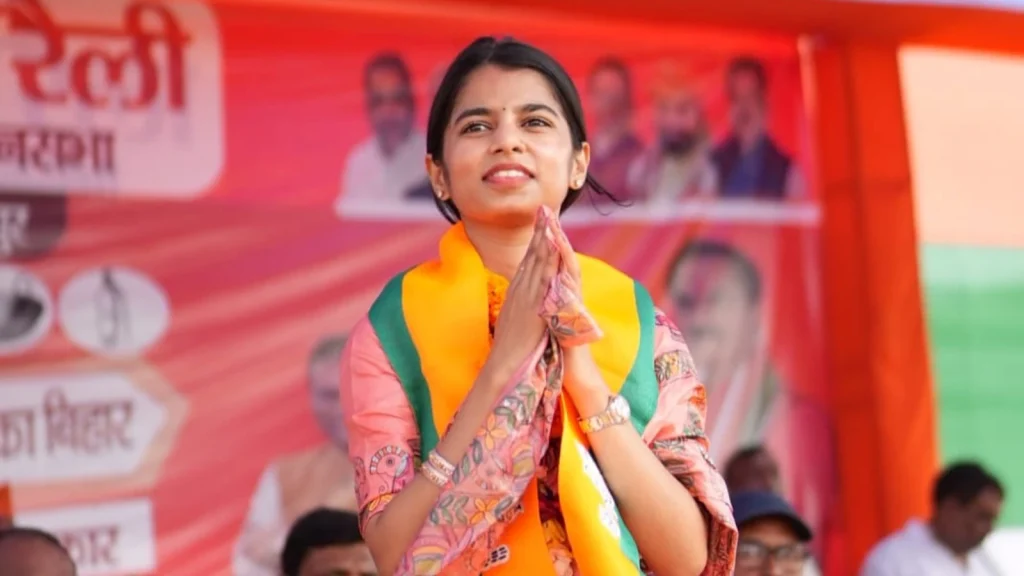Geeta Singh
The BJP’s decision to field a galaxy of Bhojpuri stars as its primary campaigners in Bihar is a calculated political masterstroke that goes beyond mere celebrity endorsement.
Hyper-Localized Cultural Connect
While national issues like development and security play a role, state elections in India are often won on local narratives. The Bhojpuri-speaking region is a significant and culturally distinct heartland within Bihar.
By deploying artists who are household names in this belt, the BJP is speaking to voters in a cultural language they understand and cherish, making the campaign more relatable than one based solely on political rhetoric.
These artists are not just celebrities; they are cultural icons. Their songs, movies, and personas are woven into the daily lives of people. This creates an emotional bridge that a traditional politician often cannot build.
Caste Calculus with a Celebrity Gloss
Bihar’s politics is deeply rooted in caste equations. By using Bhojpuri stars, the BJP can subtly address caste demographics without making it overt.
Pawan Singh & Dinesh Yadav (Nirahua): They hold immense sway among specific OBC (Other Backward Class) and EBC (Extremely Backward Class) communities, which are key electoral blocs.
Ravi Kishan: As a sitting MP, he adds star power while also representing the successful transition from art to politics, a narrative the BJP wants to promote.
The strategy aims to temporarily supersede rigid caste identities with a broader, more aspirational “Bhoppuriya” cultural identity, with the BJP positioning itself as its prime champion.
Expanding the Voter Base
By leaning heavily on artists from the Bhojpuri heartland (which spans both Bihar and Eastern UP), the BJP is insulating itself from potential “outsider” accusations against its central leadership. The campaign’s face is now local, even if the strategy is devised centrally.
Bhojpuri music and cinema have a massive following among the youth. These stars can mobilize young, first-time voters who may be disengaged from traditional politics.
They also appeal to voters who are tired of career politicians. A figure like Maithili Thakur, despite the controversy, represents a fresh, “apolitical” face, which the BJP hopes will attract voters disillusioned with established political families.
The Maithili Thakur Gambit

Her candidature is high-risk. While she brings a “clean,” folk-singer image, the intense local opposition highlights a key challenge: the difference between being a beloved artist and an accepted political representative. Voters may enjoy her music but question her political credentials and grassroots connection. If she loses, it could be seen as a misjudgment of the constituency’s pulse.
There is a risk that the party’s own local leadership and grassroots workers might feel sidelined, which could dampen their morale and on-ground efforts. Incorporating so many high-profile stars into the campaign requires careful management of their roles, expectations, and post-election “adjustments,” as mentioned with Pawan Singh. Failure to do so could lead to public discontent.
A Modern Political Campaign Blueprint
The BJP’s strategy is a sophisticated example of modern electioneering. It merges data analytics (identifying key demographic and regional targets), cultural marketing (using relatable icons), and political messaging (development, nationalism, and local pride).
It signals a shift from a party reliant on organizational strength and a few tall leaders to a flexible, multi-platform campaign that meets the voter where they are, not just physically at rallies, but culturally in their homes, on their smartphones, and in their entertainment choices. The success or failure of this “Bhojpuri Blitz” will be closely watched and could become a template for future elections in other culturally distinct regions of India.
